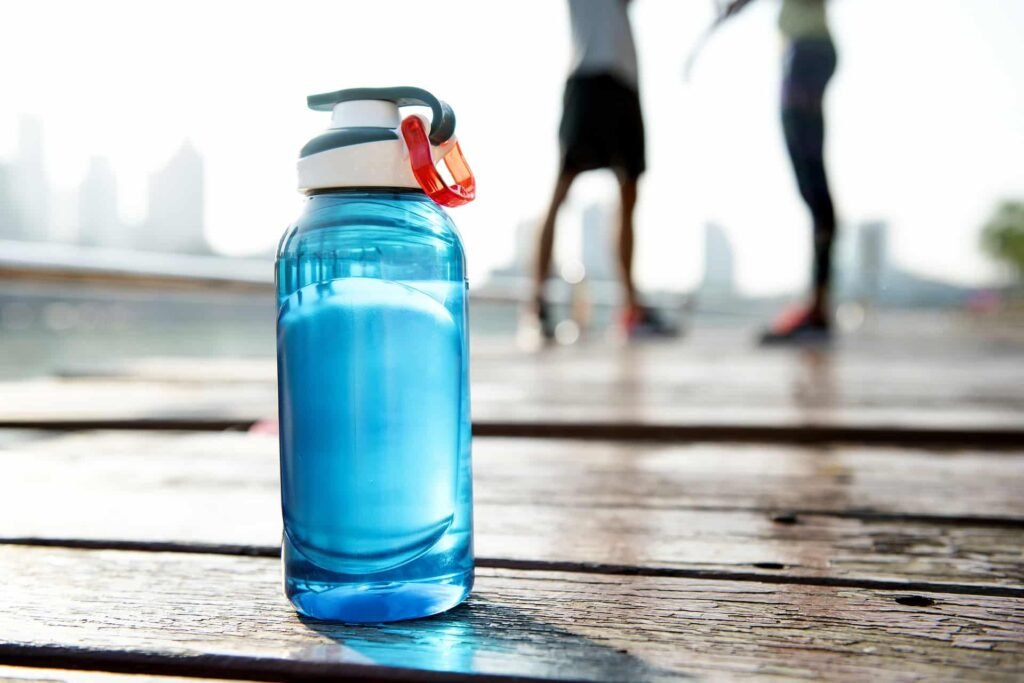Unlock Your Best Self with Nutrition Nation: Your Partner in Health, Wellness, and Fitness

At Nutrition Nation, We’re More Than Just a Health Store We’re your trusted partner in achieving your wellness goals. Whether you’re looking to build muscle, lose weight, boost energy, or simply live a healthier lifestyle, we’ve got everything you need under one roof. Our mission is to empower individuals through quality products, expert guidance, and […]
Why Shopping at Nutrition Nation is a Game-Changer for Your Health and Fitness Goals

At Nutrition Nation, we don’t just sell supplements—we live the lifestyle we promote. Whether you’re looking to boost your energy, build muscle, lose weight, or simply feel better every day, our knowledgeable team is here to help. Let’s dive into what makes the Nutrition Nation shopping experience unlike any other. We Practice What We PreachWhen […]
Eating Healthy During the Holidays: A Balanced Approach

The holiday season is a time for joy, celebration, and indulgence. However, the endless feasts, festive treats, and social gatherings can make it challenging to maintain healthy eating habits. The good news? You don’t have to choose between enjoying the season and staying on track with your health goals. With a little planning and mindfulness, […]
Staying motivated during the holidays

Staying Motivated During the Holidays: Your Guide to a Healthier Season The holidays are a time for celebration, family, and indulging in those delicious seasonal treats we all love. While it’s great to enjoy the festivities, it can be challenging to stay motivated and maintain a healthy lifestyle during this time. But don’t worry! At […]
Stay Hydrated, Friends

Stay Hydrated, Friends It’s important to stay hydrated and keep electrolytes balanced during summer workouts Water makes up more than 60% of the human body. Maintaining hydration while training is a challenge, especially throughout the summer. Heatstroke can result from becoming overheated or dehydrated. Water and Electrolytes Staying hydrated is more than just drinking plenty […]
How Exercise Can Impact Your Blood Pressure

How Exercise Can Impact Your Blood Pressure One of the most effective methods to lower your blood pressure is to incorporate regular exercise into your daily routine. Nearly half of American adults have high blood pressure, according to The American Heart Association. When left untreated, the damage that high blood pressure does to your circulatory […]
The Muscle That Matters The Most

You might be fit, but are you protecting your heart health? Cardiovascular disease is the number one cause of death worldwide. It can even happen to someone as fit as a bodybuilder. In sports where the muscle mass of the large muscles of the body must contract at maximum capacity such as, for example, in […]
